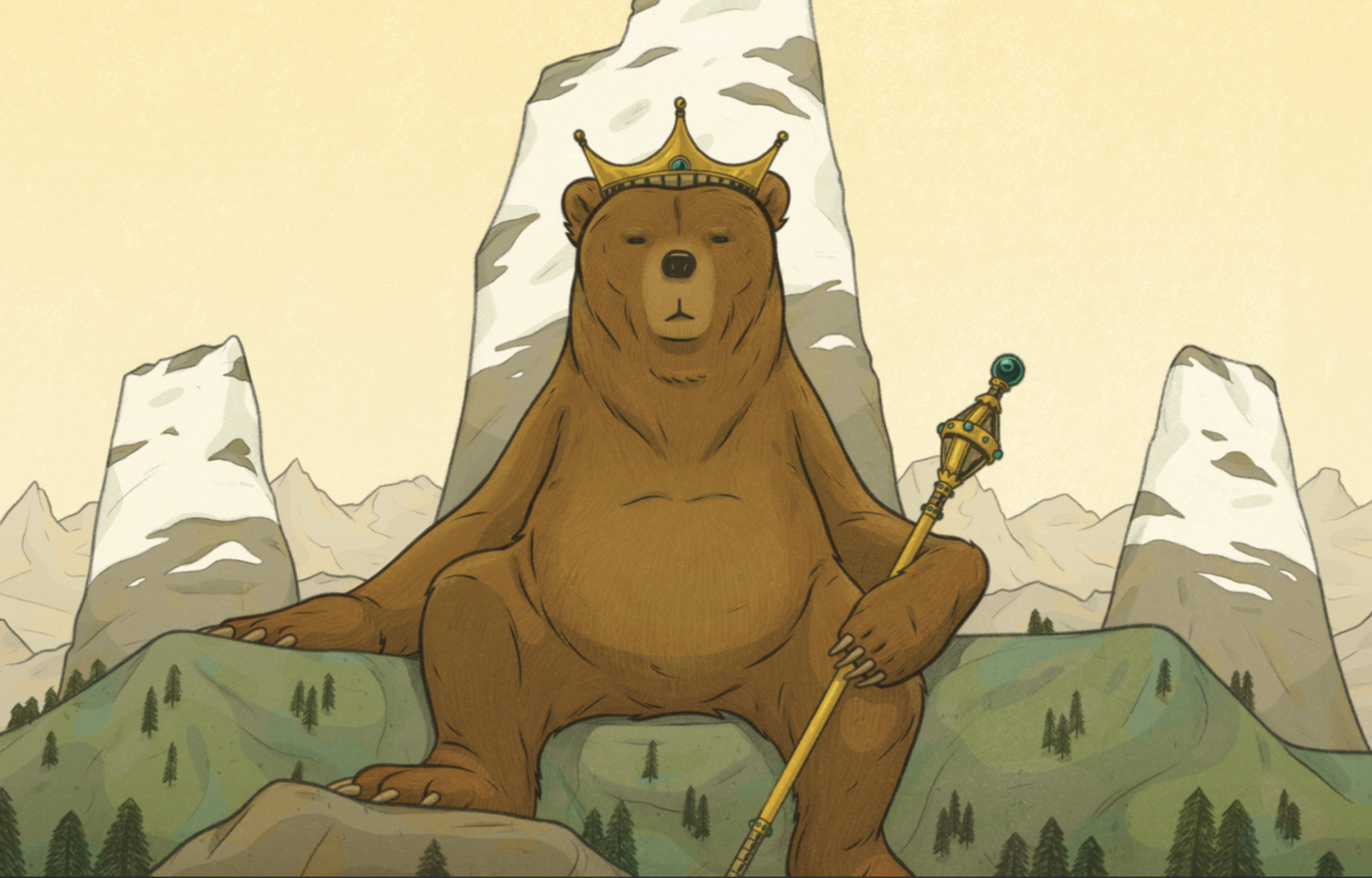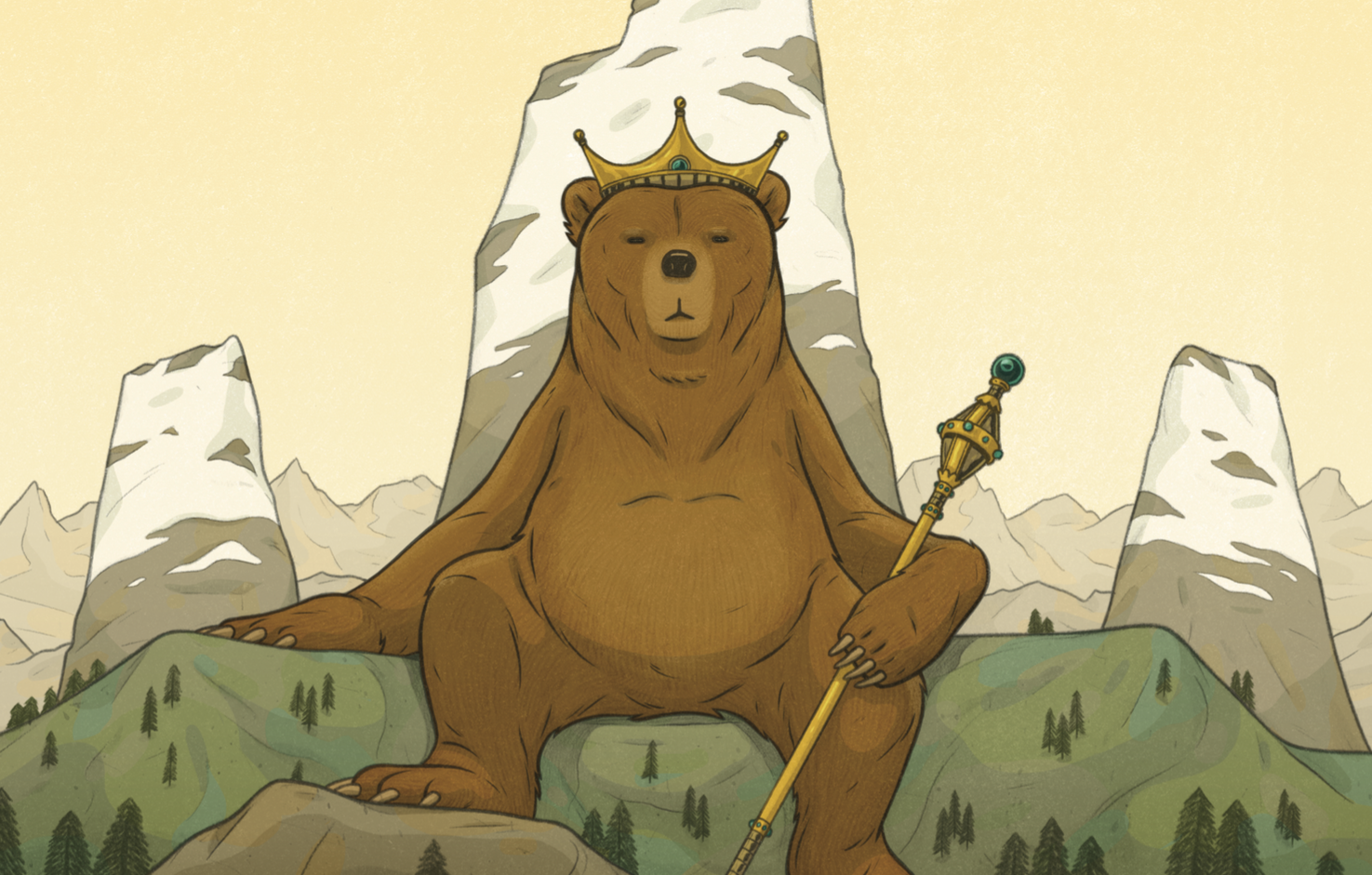Bring Grizzlies Back to the North Cascades


Dear North Cascades,
First off: Thanks for your fanged peaks, plunging gorges, and thunderous rivers. (Sorry for cursing them in the moment, with the big pack on. I never really mean it. It’s just, well, you’re pretty darn steep.)
So, listen: I’m writing because the National Park and U.S. Fish and Wildlife Services—whom we’ve designated your stewards—are kicking around the idea of releasing some grizzly bears within your boundaries.
Yeah, I know, you’re probably still pissed about what we did to the humpbacked bear here in the first place. After all, it was us who shot it out of your drainages a century ago. By your timetable, the gun smoke’s hardly cleared—and now we’re talking about bringing grizzlies back? Given our track record, maybe we don’t deserve a second chance at a relationship with the North Cascades griz.
But this is us learning from past mistakes—making up for our shortsightedness and poor manners when it comes to our bigger, toothier neighbors.
Those for the reintroduction argue that the griz knits together the whole ecosystem, aerating soil with its root-digging, scattering nutrient-packed fish carcasses in riverside woods, and dispersing berry seeds from mountaintop to swampy hollow. Plus, ol’ Griz needs as much backcountry as it can get these days: Chased to a mere handful of Lower 48 strongholds, it needs more of its old domain back to shore up its numbers and its gene pool. You’re some of the best griz real estate left, with a huge, roadless heart for bears to go about their beary business and steer clear of people.
But I’m sure you understand the case for bears. What you might not realize is that people need grizzlies as much as bears need you. Backpackers who tromp up to Sahale Arm or bushwhack the Pickets may say they don’t like the idea of encountering a grizzly in a thimbleberry tangle. But you know what you should tell those hikers, North Cascades? Tell them that a nighttime thump or two outside the tent is good for ’em.
Whether consciously or not, we humans tend to tromp around the bush in boss-mode. We shouldn’t, really—not with thunderstorms, avalanches, dead branches, and other fundamental wilderness dangers on hand. But most of us don’t hike with a healthy fear of falling trees. Call it the invincibility that comes with (usually) sitting on top of the food chain.
A grizzly, now—that’s another story. It’s a scary, in-your-face embodiment of wilderness risk. Stats-wise, we should be a lot more terrified of, say, lightning than grizzlies, but if the fraught stamp of the bear on the land makes us more aware of our surroundings, maybe we’re less likely to get struck.
Writer John Murray put it best: “Those who have packed far up into grizzly country know that the presence of even one grizzly on the land elevates the mountains, deepens the canyons, chills the winds, brightens the stars, darkens the forest, and quickens the pulse of all who enter it.”
Your snarled peaks and dark forests are hard to improve on. But they have lost some oomph without the big bear’s presence. That’s something we took from you—and something we can try to give back. We can’t dictate how you and the grizzly readjust to one another, but we can set the stage.
While we await the final decision, we’ll throw our support behind groups like Friends of the North Cascades Grizzly Bear. Meanwhile, you might think about how you’d roll out the welcome mat for the bears, should they return to their great Cascadian kingdom. I’m thinking a fat marmot and a bed of ripe huckleberries might do the trick.
Sincerely,
Pacific Northwest Hiker